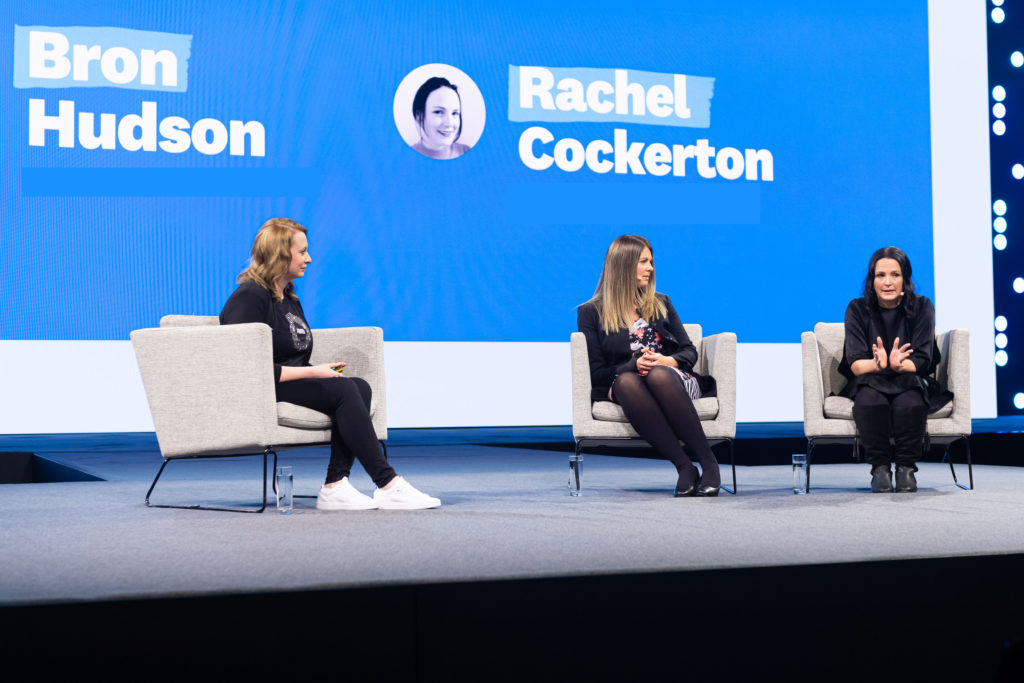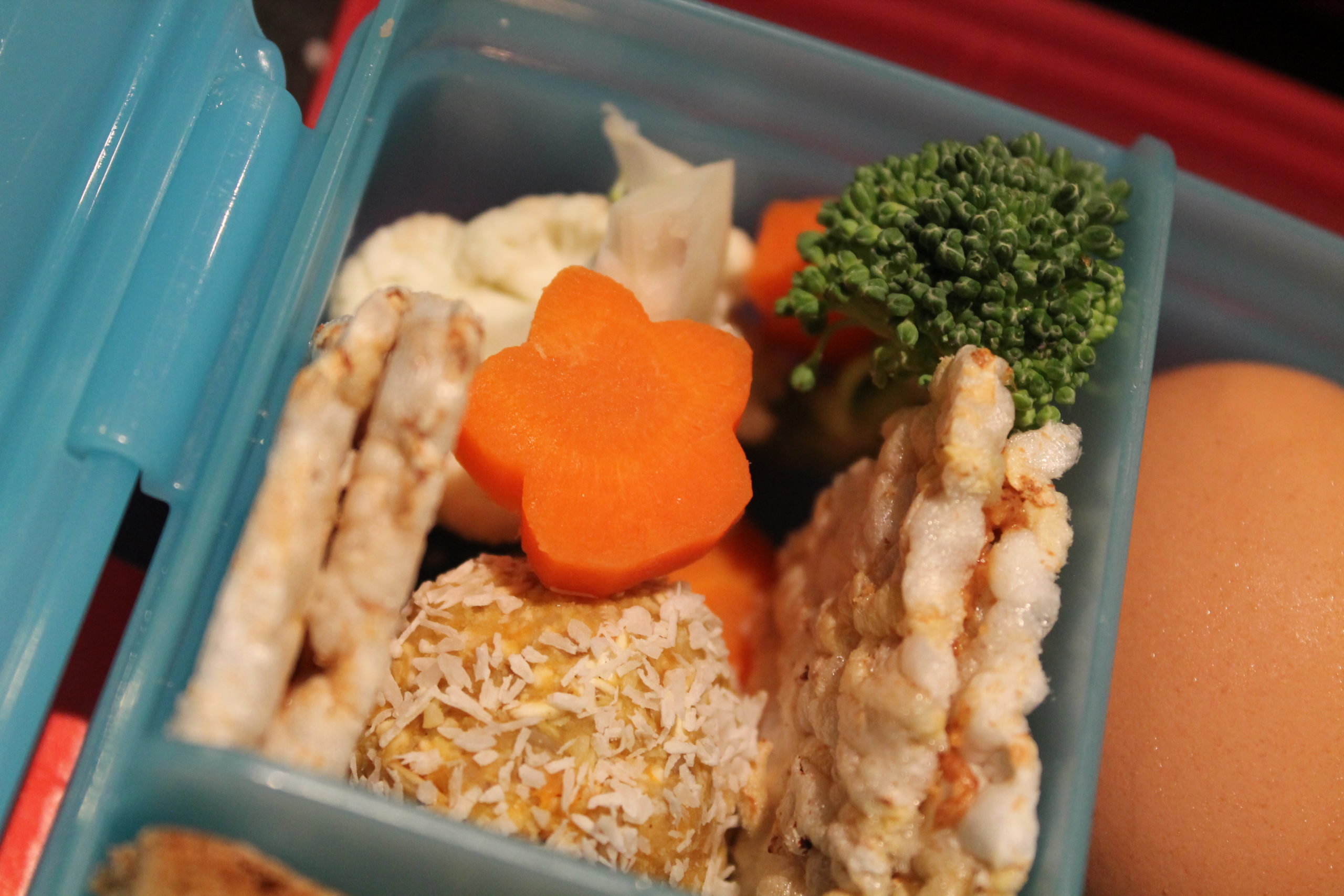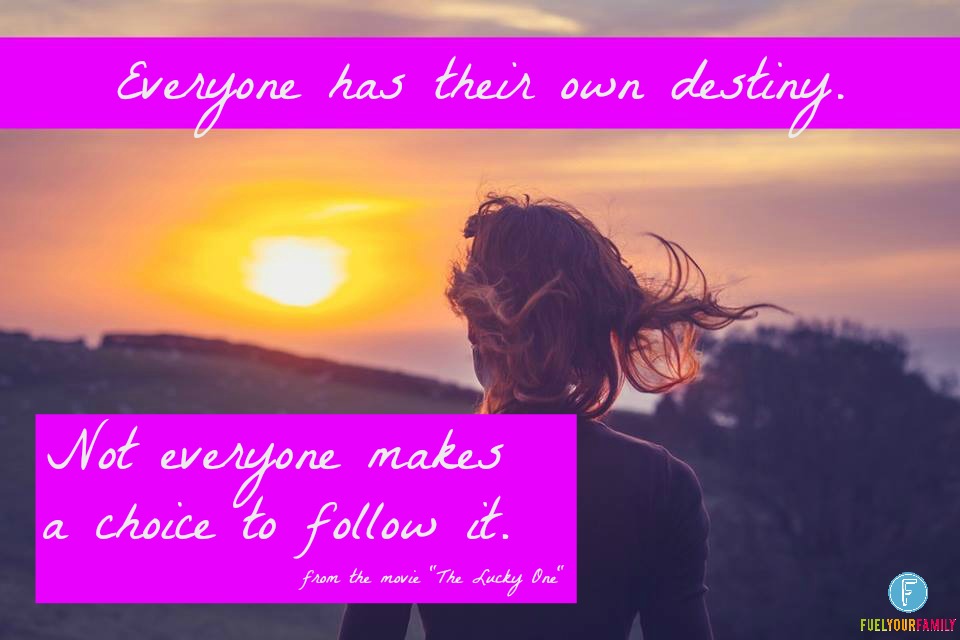Wellbeing Panel at Xerocon London
 A couple of weeks ago during Mental Health Awareness week my hubby Craig encouraged me to share my story as the key person supporting his wellbeing. I was overwhelmed with the response I received and privileged that my community felt comfortable enough to share their own stories with me. I heard from those who are in the same position I am, and those who are in the same position I was a few years ago.
A couple of weeks ago during Mental Health Awareness week my hubby Craig encouraged me to share my story as the key person supporting his wellbeing. I was overwhelmed with the response I received and privileged that my community felt comfortable enough to share their own stories with me. I heard from those who are in the same position I am, and those who are in the same position I was a few years ago.
If it reinforced anything, it was that mental health challenges can strike at any time, anywhere and affect anyone, so it’s important that as a society we continue to talk and break down the stigma. Which is what has seen me travel to the other side of the world, touching down in the freezing cold of London.
I was invited to participate in a wellbeing panel at Xerocon London. Craig shared his powerful and impactful mental health journey earlier in the day and this panel followed on, where we discussed looking after our wellbeing in a busy world as well as what we could do to support others on their own wellbeing journeys.
We started out by discussing the importance of looking after yourself first. I completely agree with the others – Rachel Cockerton Lead trainer at Aligned Minds and registered Mental Health nurse and Dr Jen Surtees Head of People Experience at Xero UK and EMEA – regarding the need to apply your own oxygen mask first and I feel it is important that we are not just doing so when crisis arises.
Rachel said we all sit somewhere on a mental health spectrum whether that is flourishing, languishing or somewhere in between, and that this can fluctuate. I wear a lot of different hats, whether that’s as Craig’s key support person, as a mother to our four awesome kids, as a lecturer or as a self-employed business owner. One thing I have learnt – and to be honest, am still learning – is to give yourself permission to make your own wellbeing a priority. I can’t support Craig or our kids, or indeed my clients, without first being OK myself.
This is where self care comes in – and it’s different for everyone! Like Rachel, as I have gone through different life stages, my wellbeing strategies have evolved with me. I consider wellbeing strategies are about so much more than traditional concepts such as massages, baths and mindfulness – although these can definitely play a role. But when it comes to personalising wellbeing strategies I look for things that will have the greatest impact on individuals based on their current needs. For example, in my own life, when we had four children under six years old, my days were relentless and my self care was all about how I could find time for myself. It sounds crazy but the way I made that happen was to get up at 5am each morning which gave me two hours alone before the children got up. I spent that time going to the gym, journalling, creating and studying. It felt like deeply nourishing time for me, very rarely interrupted by anything.
Now that all the children are at school and I’m self-employed, I have different wellbeing needs. This means that my self care also looks different – and no longer involves 5am get ups! Instead, I focus on ways to connect with people and escape the isolation of self-employment – working in a co-working space has been wonderful for this; managing my technology use – charging my phone in the kitchen overnight instead of beside my bed has been a simple but impactful tweak here; and the benefit of accessing professional support should never be overlooked. It would be remiss of me not to mention eating well too – there is loads of research relating to the role of nutrition in mental health.
We then jumped into how you can maintain momentum and commitment to lifestyle changes to encourage positive wellbeing. For me, this is about starting small. Create one new habit at a time and build on these slowly overtime. It can also help if you know what your triggers are as you can then align any lifestyle changes to those. Crucially though, if something isn’t working – don’t be afraid to try something different. It’s important to explore a variety of traditional and non-traditional well-being strategies and see what works best for you.
Finally, the conversation turned to looking out for those around you – both on a personal and professional level.
For me, the key here is to know the people around you. If you don’t know what normal is for them, it’s harder to notice the changes or differences. Get to know your people – be that your friends, your colleagues or your clients. Discover their passions, both at work and outside of work. Use this knowledge to create meaningful connection.
We had a really interesting discussion around what employees and leaders could do to take meaningful steps. Rachel discussed the concepts of absenteeism and presenteeism which are both good ways to gauge engagement. She also suggested proactively putting systems in place to train staff and offer support – drawing on external resources and expertise.
I shared the ‘lead like a parent’ philosophy. As a parent you want nothing more than your children to succeed. You nurture them, guide them, support them. You rejoice in their successes and capitalise on teachable moments. If one day your children’s successes surpass your own, you are proud of them. Leading your teams in this way helps get the best out of your people, boosting the wellbeing not only of individuals, but of teams, organisations and communities. I recently heard Simon Sinek say that the closest thing to being a leader is being a parent (while referencing one of my favourite parenting books, How to talk so kids will listen) and I couldn’t agree more.
Essentially, we all believed that connection and compassion are our biggest tools to support mental health challenges.
Whilst we didn’t get a chance to speak about it on the panel, I am aware that organisations are often interested in the return on investment (ROI) of any initiatives. When it comes to wellbeing initiatives, I encourage you to consider value of investment (VOI). Focusing on the latter allows you to examine the broader impact of wellbeing initiatives and impact on core priorities for your organisation. These things might include improved employee morale and engagement, talent attraction and retention, enhanced company loyalty and also increased customer loyalty and brand association.
While having a calendar of wellbeing events, speakers and programmes can be one part of the workplace wellbeing picture, the most meaningful impact comes from truly embedding wellbeing into the way that you do things. This looks like really caring for the people around you. It will be evident in policies, processes and in language used. Never underestimate the impact of a smile, a greeting, a ‘how are you today’ question. Make connections and start conversations. As my husband Craig challenged everyone – be vulnerable, be brave. You never know, you might just save a life.
Participating in this wellbeing panel was a wonderful experience and thank you to everyone who came up for a chat after. It was awesome being back in London-town too and nice to catch up with old friends and family – especially my brother who’s birthday it was. Now though, it’s time to head home to sunny NZ and see those four munchkins we have missed so much!











One Comment